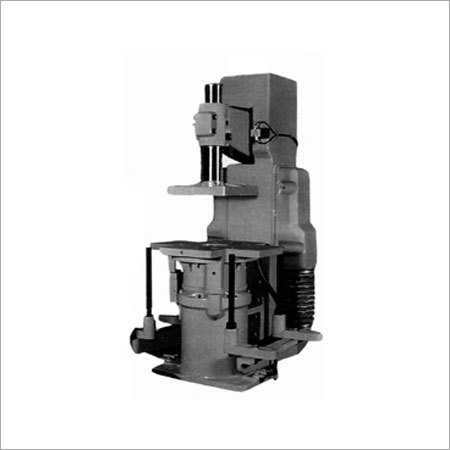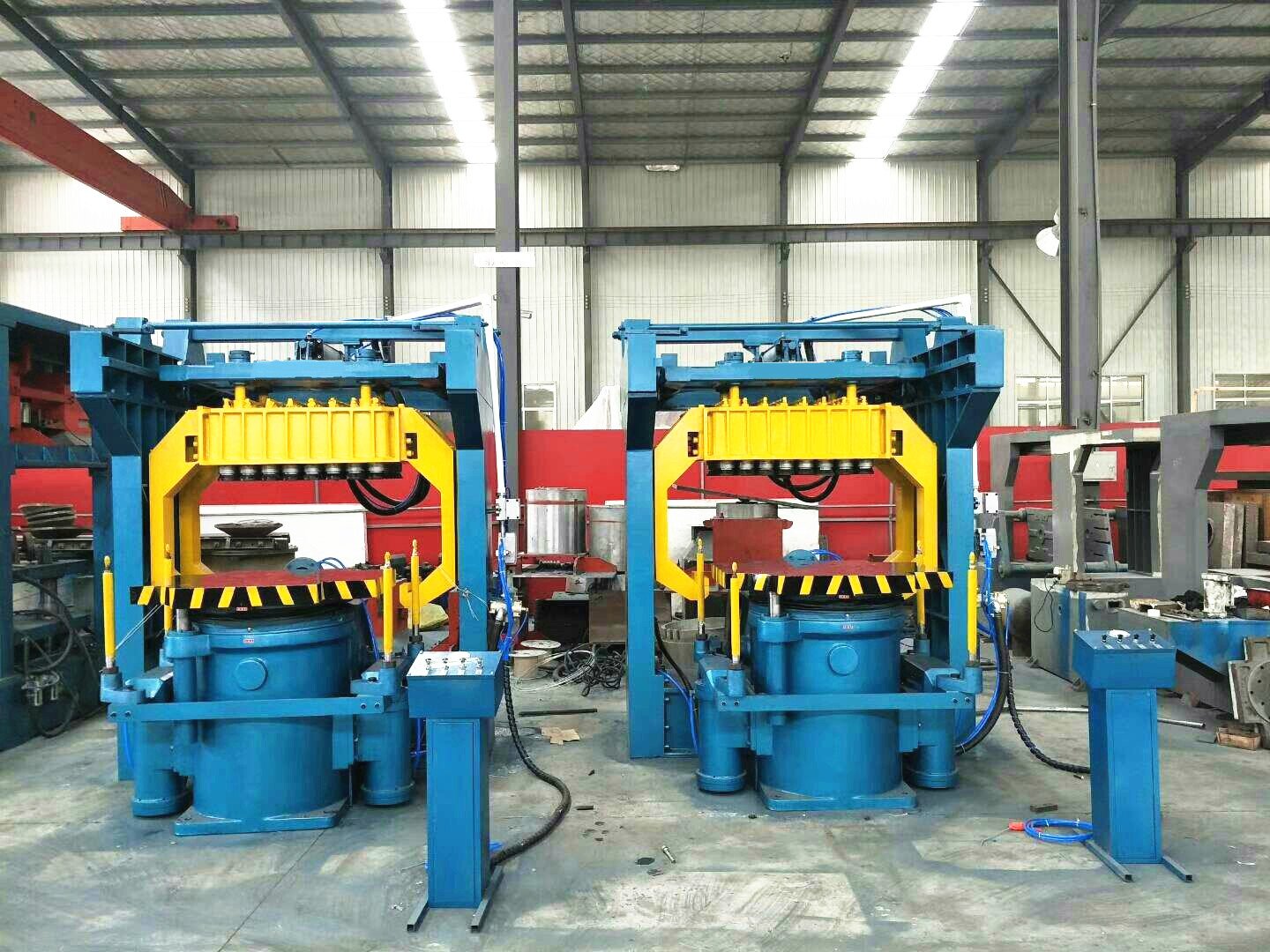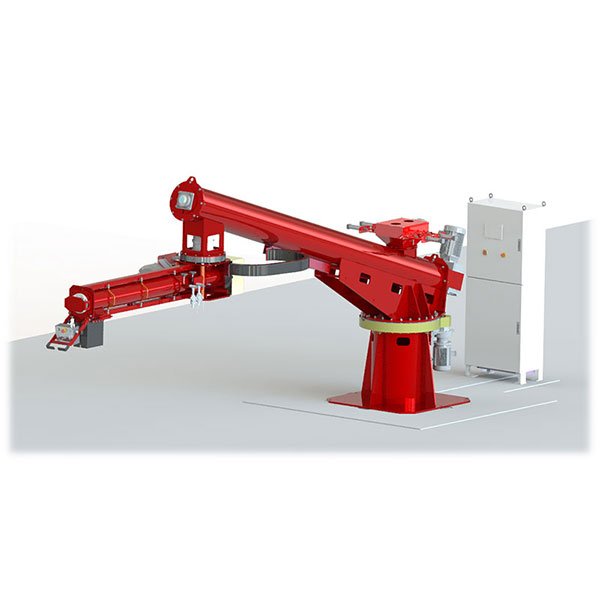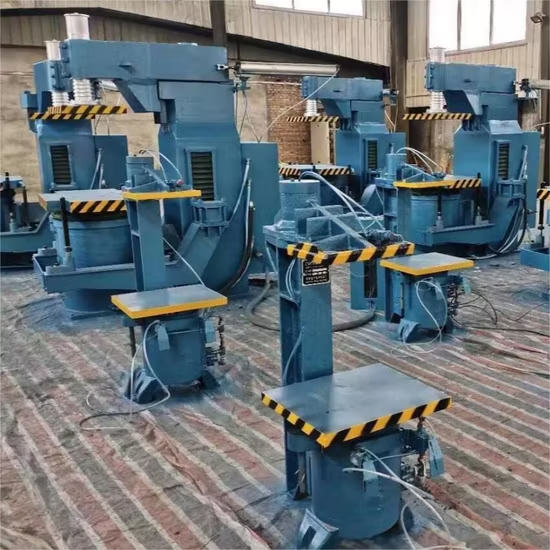
Are your castings struggling with unpredictable surface defects, dimensional errors, or excessive scrap?
A jolt squeeze molding machine provides a simple, proven solution to these persistent headaches—offering reliable mold quality, higher efficiency, and lower scrap rates.
In my twenty years foundry experience, I’ve seen countless shops cling to manual methods far too long, only to pay the price in quality and lost orders. Here’s what I’ve learned (sometimes the hard way) about the signs you can’t ignore.
Inconsistent Mold Quality Indicates a Need for a Jolt Squeeze Molding Machine
Nothing frustrates a casting engineer more than parts coming out with random porosity or mismatch, no matter how carefully the pattern was designed.
A jolt squeeze molding machine solves this by delivering uniform sand compaction and consistent mold hardness—removing the guesswork from your process.

In manual operations, each operator packs sand differently. On a Monday morning, the mold might be loose. By Friday, it might be over-rammed. That’s why:
- Some castings end up with excessive flash or distorted edges.
- Others show surface depressions or unexpected sinks.
- High rejection rates become "normal," but they shouldn’t be.
By integrating jolting to shake sand into all corners, and squeezing to firmly compact it, we finally achieve repeatable mold density. At one of our client sites in Vietnam, defect rates dropped from 15% to just under 4% within two months of switching.
| Common Defect | Manual Molding | Jolt Squeeze |
|---|---|---|
| Flash | Frequent | Rare |
| Porosity | Common | Minimal |
| Dimensional Variation | High | Very Low |
Manual Molding Is Slowing You Down Without a Jolt Squeeze Molding Machine
If your team is exhausted just keeping up with daily output, you’re not alone.
A jolt squeeze molding machine can cut mold cycle times nearly in half while keeping quality consistent shift after shift.

In one project I supported last year, the foundry was struggling to produce 60 molds per day using manual ramming. After upgrading, they easily reached 120 molds per day—and surprisingly, operator fatigue almost disappeared.
Manual molding challenges I often hear about:
- Cycle times that drag beyond 5–7 minutes
- Operators needing breaks or making mistakes late in the shift
- High labor costs that creep up unnoticed
With a jolt squeeze machine:
- Mold cycles drop to 2–3 minutes
- One operator can handle several molds in parallel
- Labor costs per part decrease sharply
| Metric | Manual Molding | Jolt Squeeze |
|---|---|---|
| Cycle Time | 5–7 min | 2–3 min |
| Labor Dependence | High | Low |
| Output per Day | Low | High |
| Rework Cost | High | Low |
Time saved here is often what lets you accept new orders and keep delivery promises—something no price tag can fully capture.
High Scrap Rates Suggest You Need a Jolt Squeeze Molding Machine
There’s no worse feeling than seeing a perfectly designed casting scrapped due to hidden defects from poor molding.
Jolt squeeze machines minimize scrap by ensuring strong, evenly compacted molds, improving gas venting and reducing internal stresses.

I still remember a customer in South America losing over 20% of castings to blowholes. Their root cause? Inconsistent hand-ramming pressure leading to trapped gas and weak sections.
After installing a jolt squeeze system, their scrap rate dropped to under 6%, saving them tens of thousands in lost metal and man-hours.
| Scrap Issue | Manual Molding | Jolt Squeeze |
|---|---|---|
| Gas Holes | Frequent | Rare |
| Cold Shuts | Common | Minimal |
| Wall Cracks | Possible | Rare |
Reducing scrap doesn’t just improve profits—it boosts morale on the shop floor, too. No one enjoys watching days of work end up in the scrap bin.
Your Foundry Can’t Scale Without a Jolt Squeeze Molding Machine
Many foundries hit a “capacity ceiling” long before they think they should.
A jolt squeeze machine provides reliable, repeatable output that makes scaling up or adding shifts much smoother.

I’ve seen shops that couldn’t take on large contracts because they were stuck in manual mode—depending heavily on senior molders, worried about unpredictable output. With mechanization:
- You gain predictable mold quality day after day.
- New product lines can launch without extra bottlenecks.
- Operator training becomes easier, avoiding dependence on a few “master molders.”
One client expanded from 1,500 to 3,500 tons annual capacity after installing a single jolt squeeze line—without adding new shifts.
| Factor | Manual Molding | Jolt Squeeze |
|---|---|---|
| Scalability | Limited | High |
| Labor Risk | High | Low |
| Order Flexibility | Low | High |
If your sales team is constantly saying “no” to potential customers, that’s your sign.
Poor Sand Distribution Shows the Need for a Jolt Squeeze Molding Machine
Sometimes it’s not visible on the surface but lurks inside: uneven sand packing leads to weak spots and failed sections.
A jolt squeeze machine delivers consistent sand flow and uniform compaction—crucial for fine details and thin-walled castings.

Problems from poor sand flow:
- Collapsed cores or thin walls during pouring
- Local shrinkage defects that appear after cooling
- Higher finishing costs from unexpected surface imperfections
In manual processes, operators adjust sand fill by “feel,” which can vary drastically. With a jolt squeeze machine, sand fully fills all pattern recesses during jolting, then gets uniformly compacted by squeezing.
In one marine component project I consulted on, proper sand control reduced part weight variation by over 30 grams—helping them finally pass strict inspection for export contracts.
| Issue | Manual Molding | Jolt Squeeze |
|---|---|---|
| Sand Flow | Uneven | Consistent |
| Wall Strength | Unstable | Strong |
| Detail Accuracy | Low | High |
If you’re constantly patching weak points or adding risers to compensate, it’s time to address the root cause.
Conclusion
Switching to a jolt squeeze molding machine isn’t just an equipment upgrade—it’s a transformation of your entire production foundation. Fewer defects, faster output, and real scalability without hidden labor bottlenecks.
Summary Table: Why Choose Jolt Squeeze Molding?
| Criteria | Manual Molding | Jolt Squeeze |
|---|---|---|
| Mold Consistency | Low | High |
| Scrap Rate | High | Low |
| Scalability | Limited | Excellent |
| Labor Cost | High | Lower |
| Maintenance Risk | High | Low |







